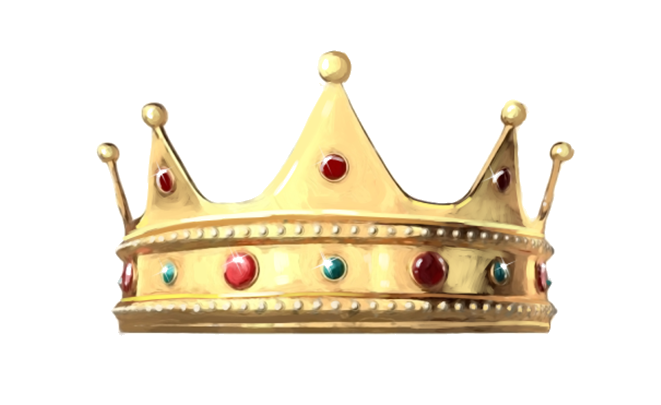In our last blog post, we discussed the imagery on the British monarch’s coat of arms. Why the lion? The unicorn? The feathers? Well, now we know!
I also mentioned the helmet – an iconic symbol of a warrior. But did you know there’s more hidden meaning behind the helmet?
The type of helmet displayed on family crests sends a definite signal! So, let’s take a closer look at helmets on British coat of arms.
Protection and Status
You can see that some helmets look very fancy, and others appear rather plain. And that’s exactly the point! They are medieval status symbols!
The type of helmet you display shows your social rank.
According to the field of heraldry:
A gold helmet with gold bars facing forward indicates royalty.
That’s on King George VI’s crest!

A silver helmet with gold bars, facing forward or to the left indicates a member of the nobility (baron, earl, duke).

An open steel helmet facing forward means knights and baronets (lesser nobles).

A steel helmet with a grill denotes an esquire (landed gentry – above a gentleman but below a knight) or a Scottish feudal baron.

A steel tilting helmet indicates an esquire or gentleman.

Now You Try: Identify These Helmets by Rank
Now that we know, can you determine the rank of the person from the grid of crests shown below?

Do you have a family crest? If so, does it show a helmet? Well, you’re now on your way to deciphering more about your family history! Happy hunting!
(Images of individual helmets from: https://en.wikipedia.org/wiki/Helmet_(Heraldry))
(Grid of helmet images from: www.familytreeandcrests.com)
Bertie: The Best Stuttering King is a historical rhyming picture book for students ages 7-10. It tells the tale of King George VI, his rocky trip to the throne, and his legacy as one of the best kings of 20th Century England.
Learn more here.


